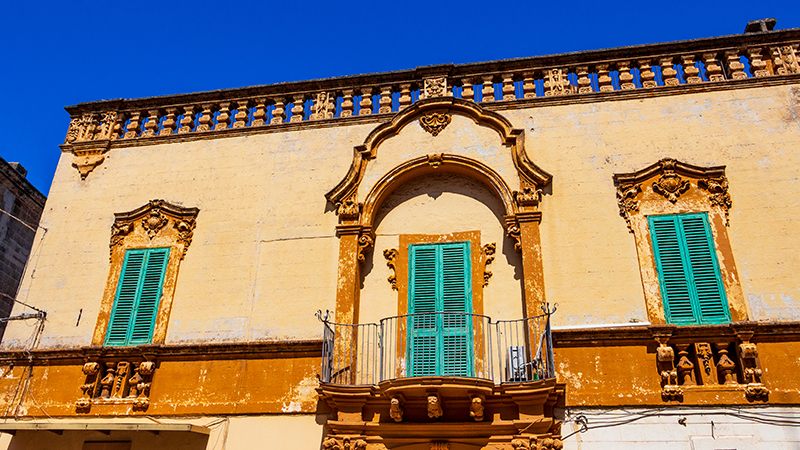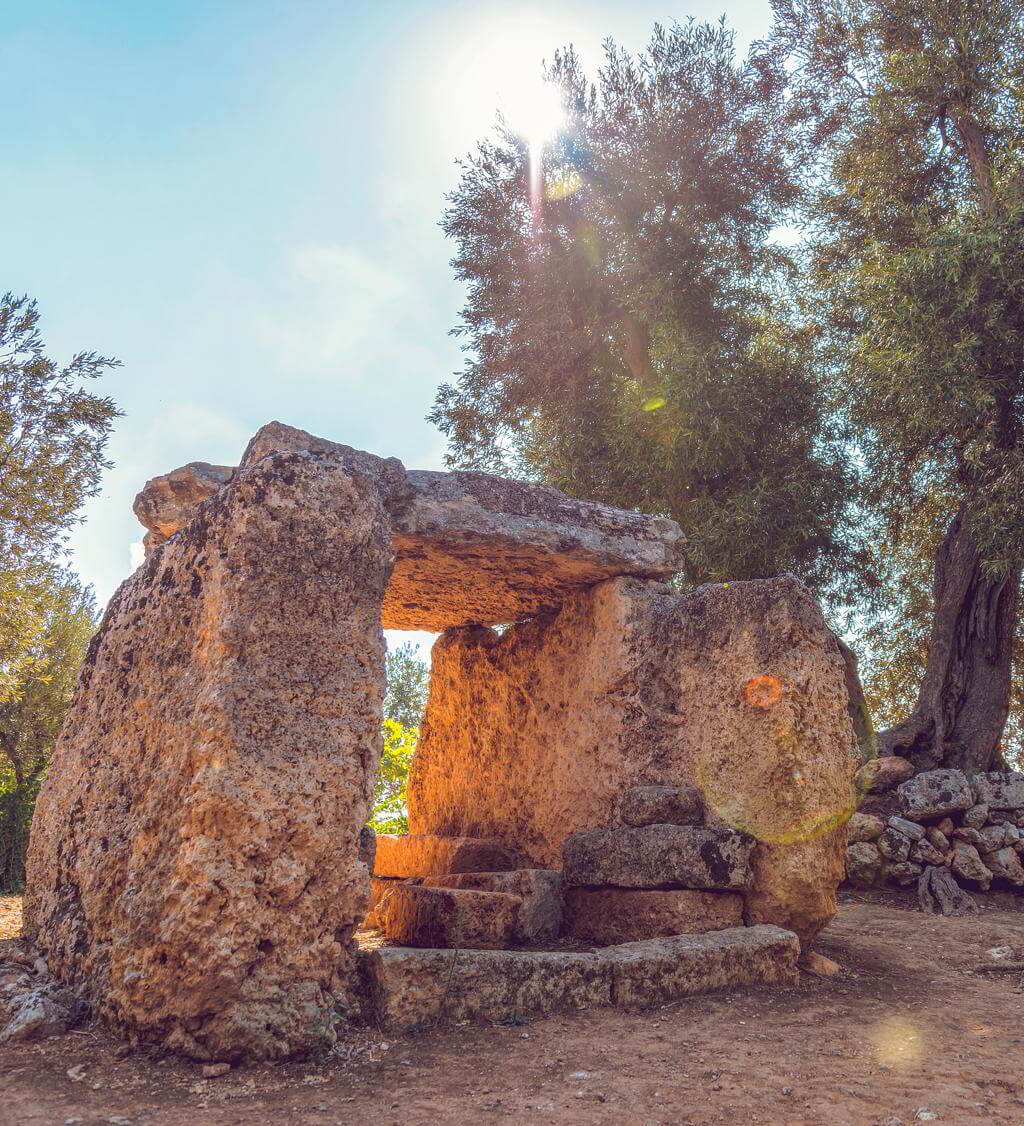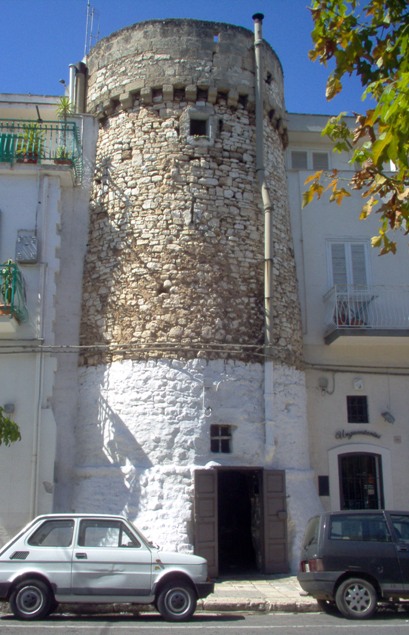
Fasano is a beautiful little city that is almost 50km distant from Taranto, Brindisi and Bari. It will surprise you for the enormous historical and cultural patrimony. Even if Fasano is quite hidden and so a little bit far from the coast of the Adriatic Sea, from its alleys, however, rich of churches and little houses, it is possible to glimpse the wonderful sea that seems to frame the landscape, as in a postcard. Apparently, the name Fasano derives from the so called “faso”, the typical white pigeon, that usually lives in this area to drink at the confluence of the fogge, that is streams descending from the surrounding hills: it is not a case, in fact, if the faso is the principal subject pictured on the municipal coat of arms. According other information, instead, the name of the town could come from the ancient Casale di Santa Maria del Fajano, an hamlet founded by the citizens of the old Egnazia, at the beginning of the year1000: this last one, seems to have been abandoned with the fall of the Western Roman Empire and thus we can understand how ancient the city of Fasano is.
Sightseeing
Like all respecting historic centers, also that of Fasano is full of majestic worthwhile churches. Among them, the Mother Church has to be remembered, because it boasts a wonderful bell tower high almost 28m: the entire structure of this church was made of local stuff and the principal facade has a big central rose window that gives it a Gothic style par excellence. What makes Fasano a wonderful city is-as we have already said- the immeasurable cultural reaches that can be found just outside the city walls and that deals with all the history of this beautiful territory. For this reason, visiting Fasano, you have to go to the archaeological park of Egnazia: in fact, it was precisely from the abandonment of it that successively born the city of Fasano, after the Fall of the Western Roman Empire. Inside this park, you can see necropolis’, crypts and villages, once inhabited by our ancestors.
Along the way that connects Fasano to Ostuni, you will find, instead, the Dolmen of Montalbano, a wonderful archaeological site of the Prehistoric age, one of the oldest pieces of evidence of how the cult of dead was practiced by primitive men. Without taking anything away from the incredible and amazing history that can be seen through the streets of Fasano, we have to remember that the city boasts to be the headquarter of the biggest faunal park in Italy: Fasanolandia. This is a wonderful park, where both adults, and children can live breathtaking experiences: this is-indeed- the only park in Italy that allows to travel safely by car on an itinerary among the different species of free animals, feeling as if it were a real safari. The park hosts almost 1700 species, many of them can also be observed, or caressed a few meters, comfortably from your car.


Main Events
- Gustosia: market exhibition of the Apulian agri-food excellences, that takes place on the first week-end of November;
- Exhibition of the craftsmanship of Fasano, on August;
- Costa dei Trulli Festival, an important music festival with excellent names of the Italian music and not only and which includes the meaningful show Fasano Jazz, an historic appointment for jazz lovers and not, with great jazz artists, following one another, year after year
- the Scamiciata an historical procession with flag-throwers and the performance of the city struggle, to remember the victory against Turks in 1678
- Christmas under the star and the star in the cave, with the big star made inside the natural cave of the Rivolta Mountain, with adjoining living nativity scene
- the big living nativity scene of Pezze di Greco, magical and characteristic, open at Christmas time
UNMISSABLE: “U cucumarazz”, that is the Barettiere, a summer fruit, with a crunchy pulp, that can be eaten uncooked without condiment, or salad. This is a product cultivated only in the plains of Fasano and Ostuni; the first to cultivate it was a farmer of Fasano nicknamed “barettiere”,so for this reason, the hybrid fruit was called in this way. its quality is that, not having a strong flavor, is fresh and sweet and is low in calories.